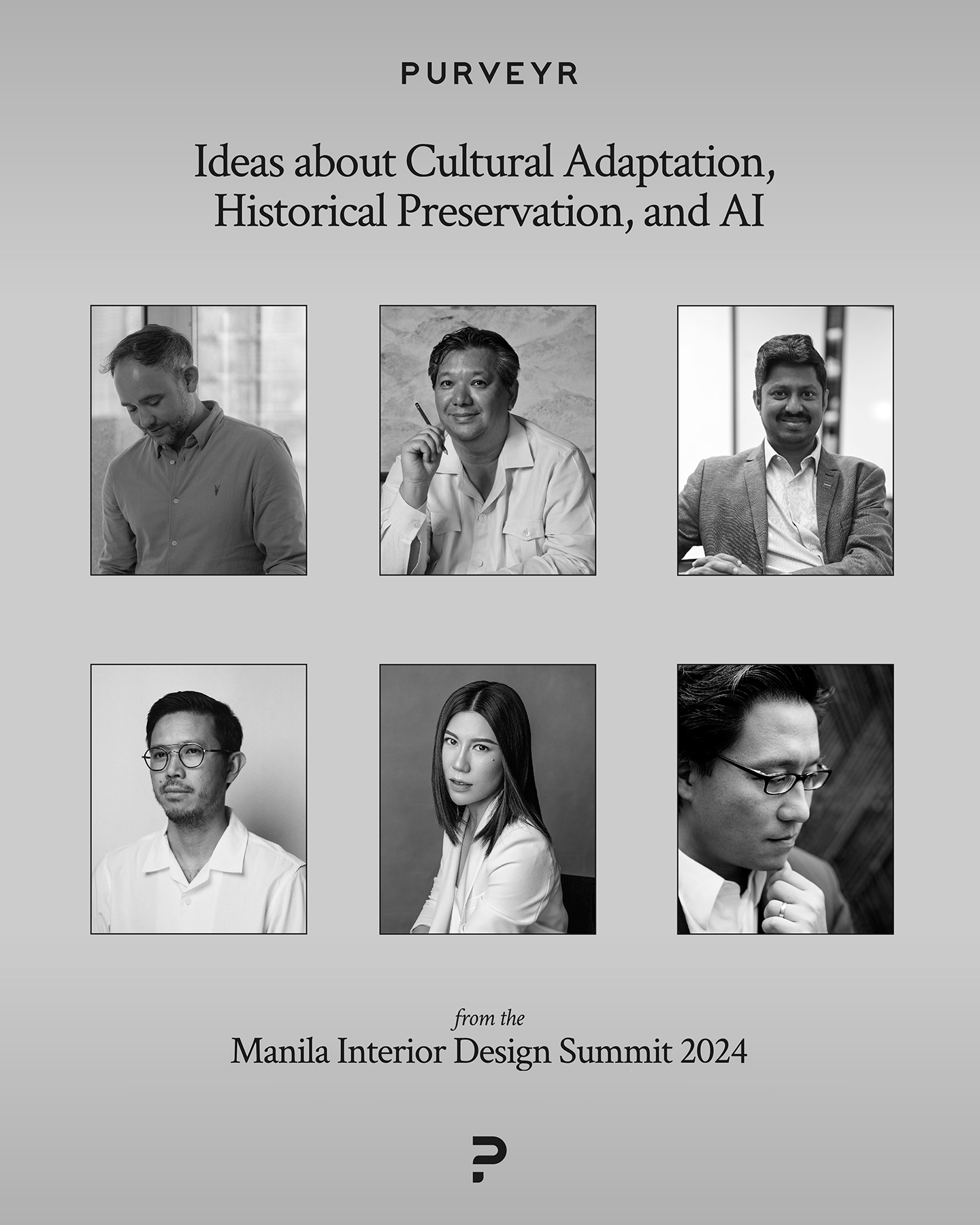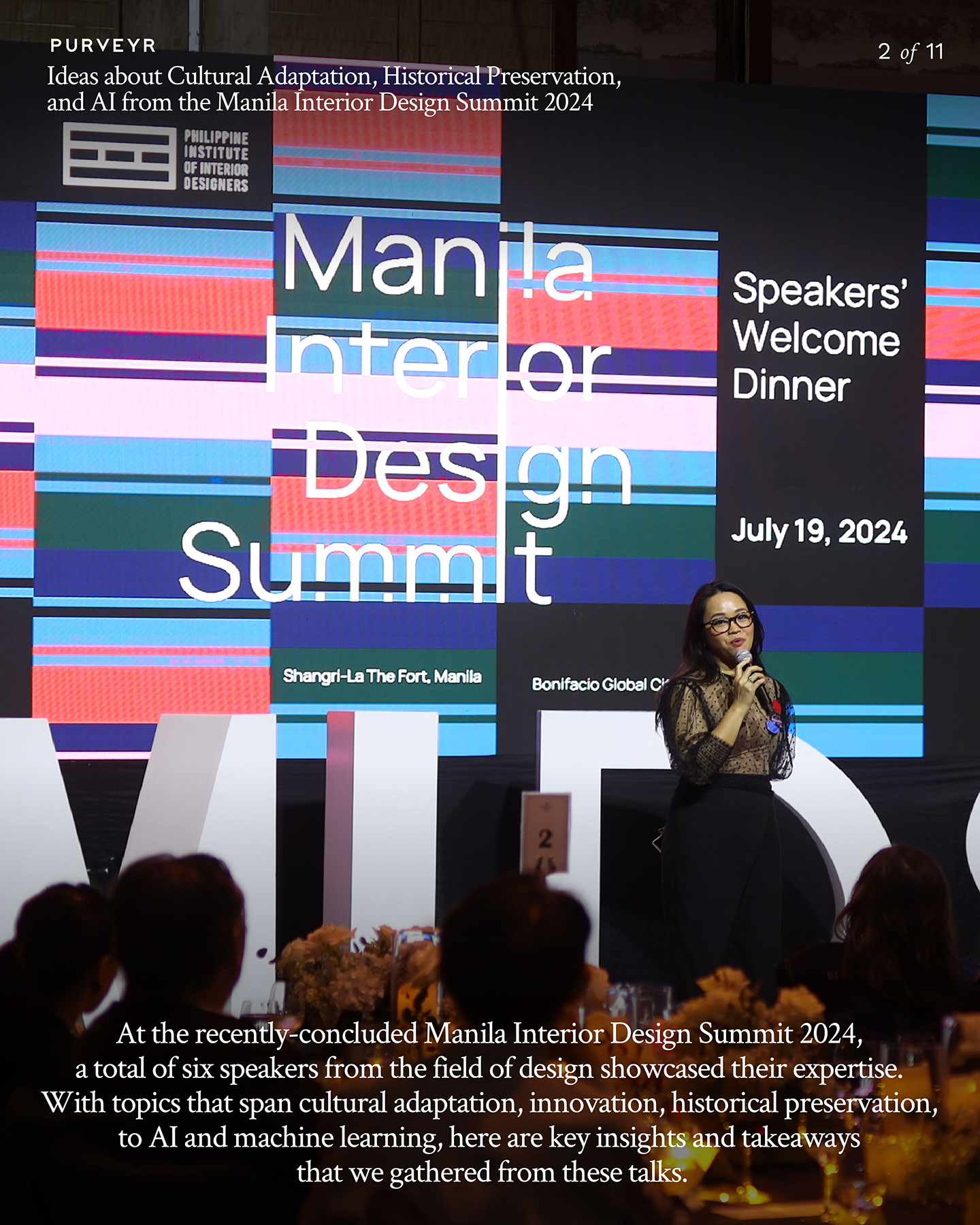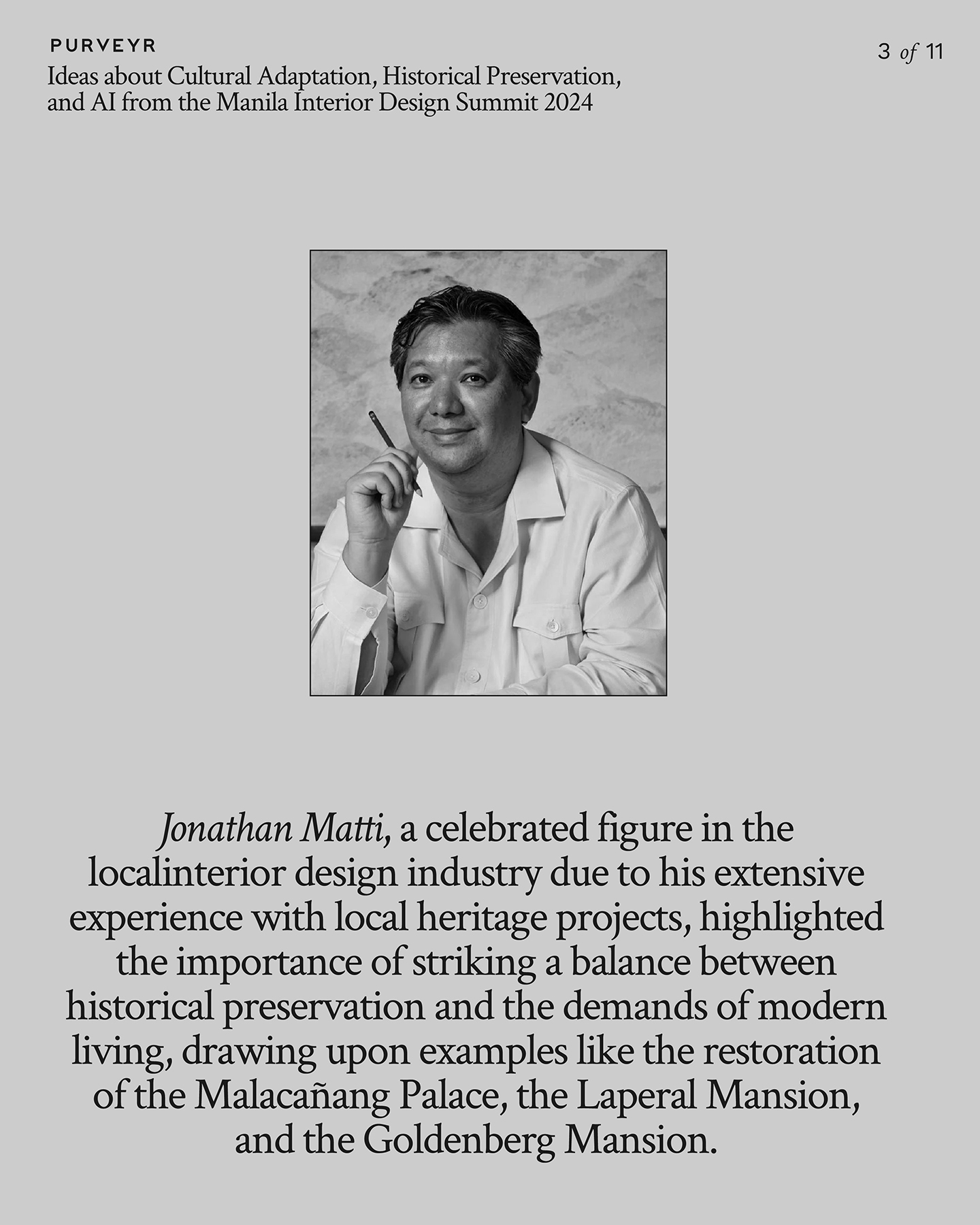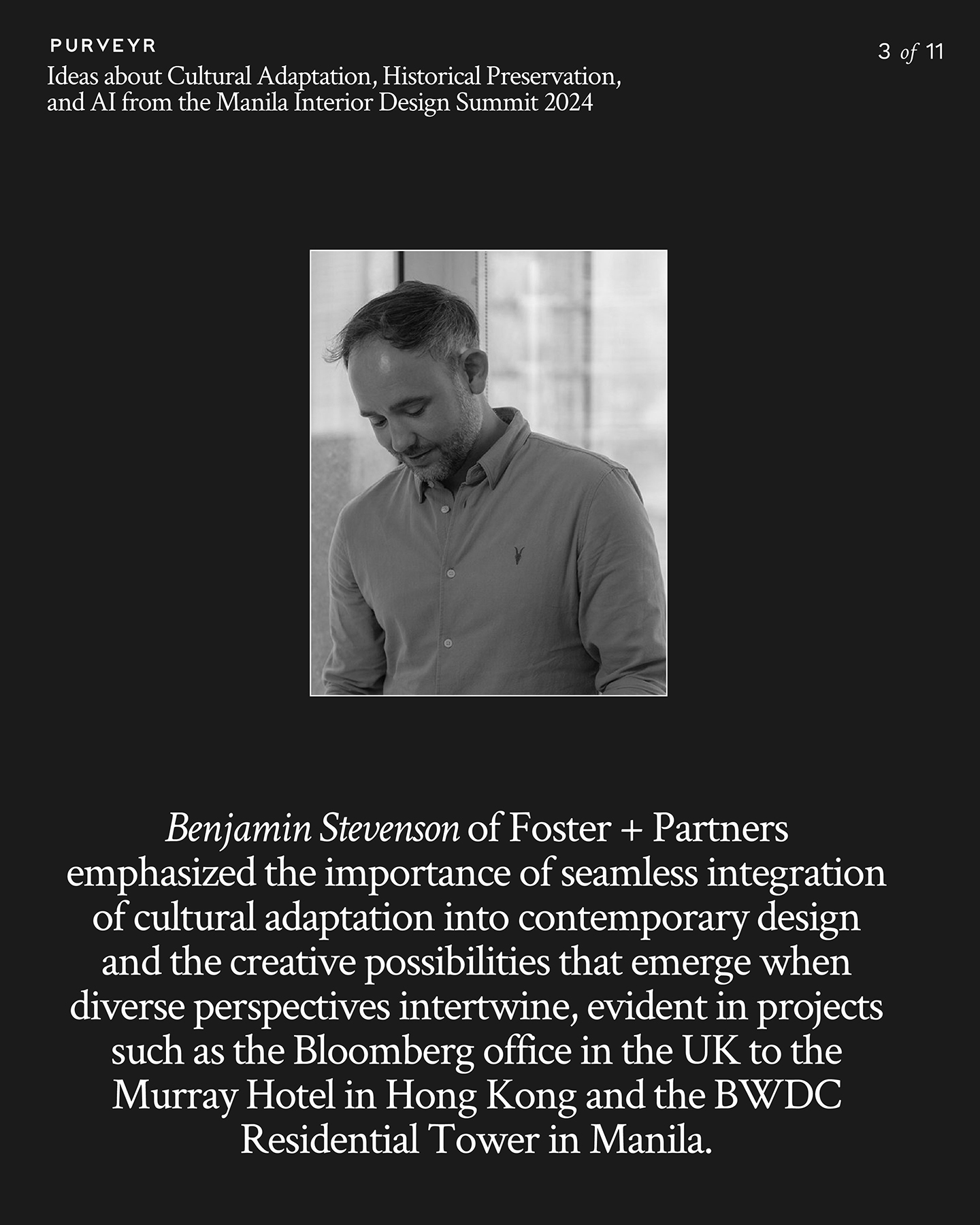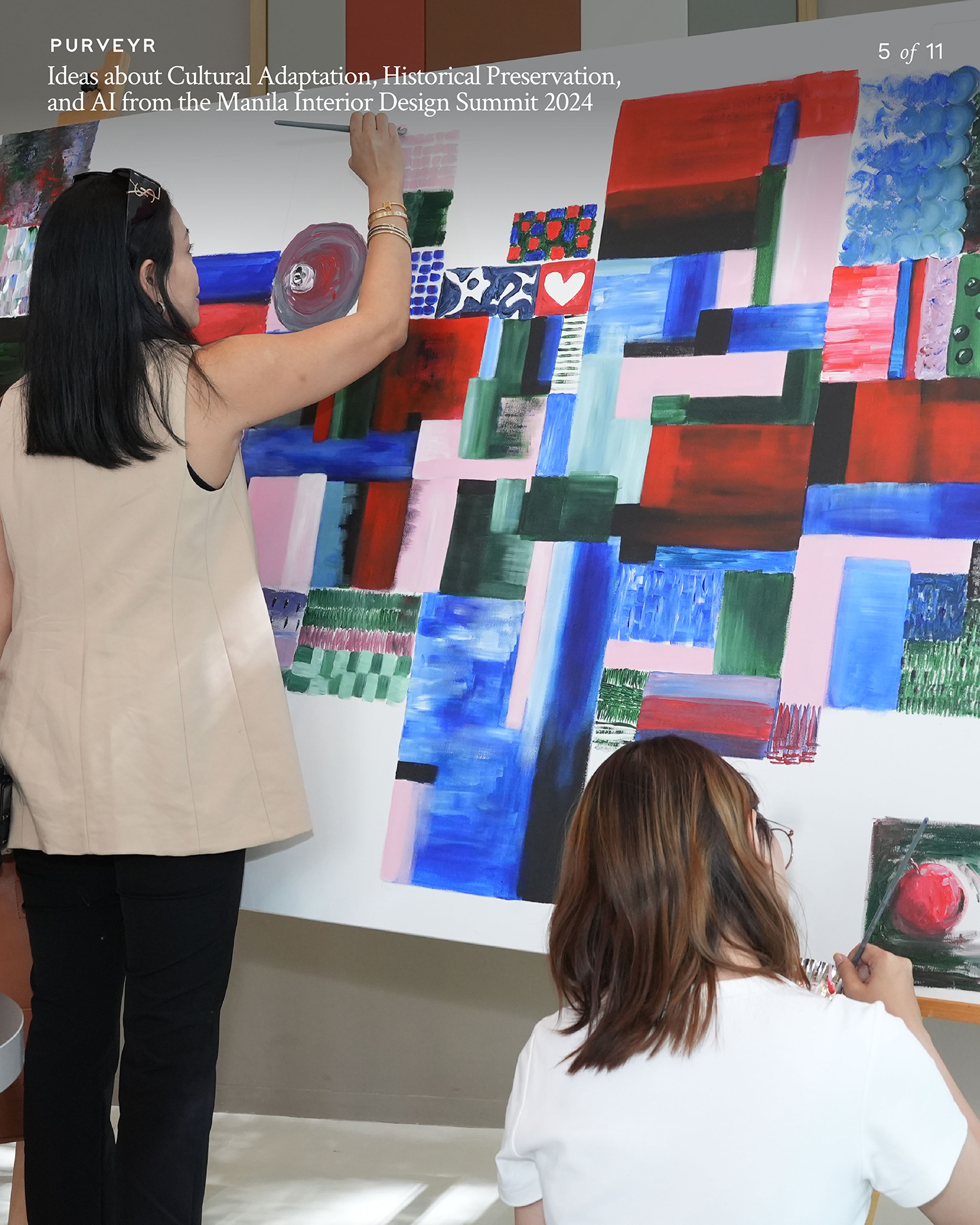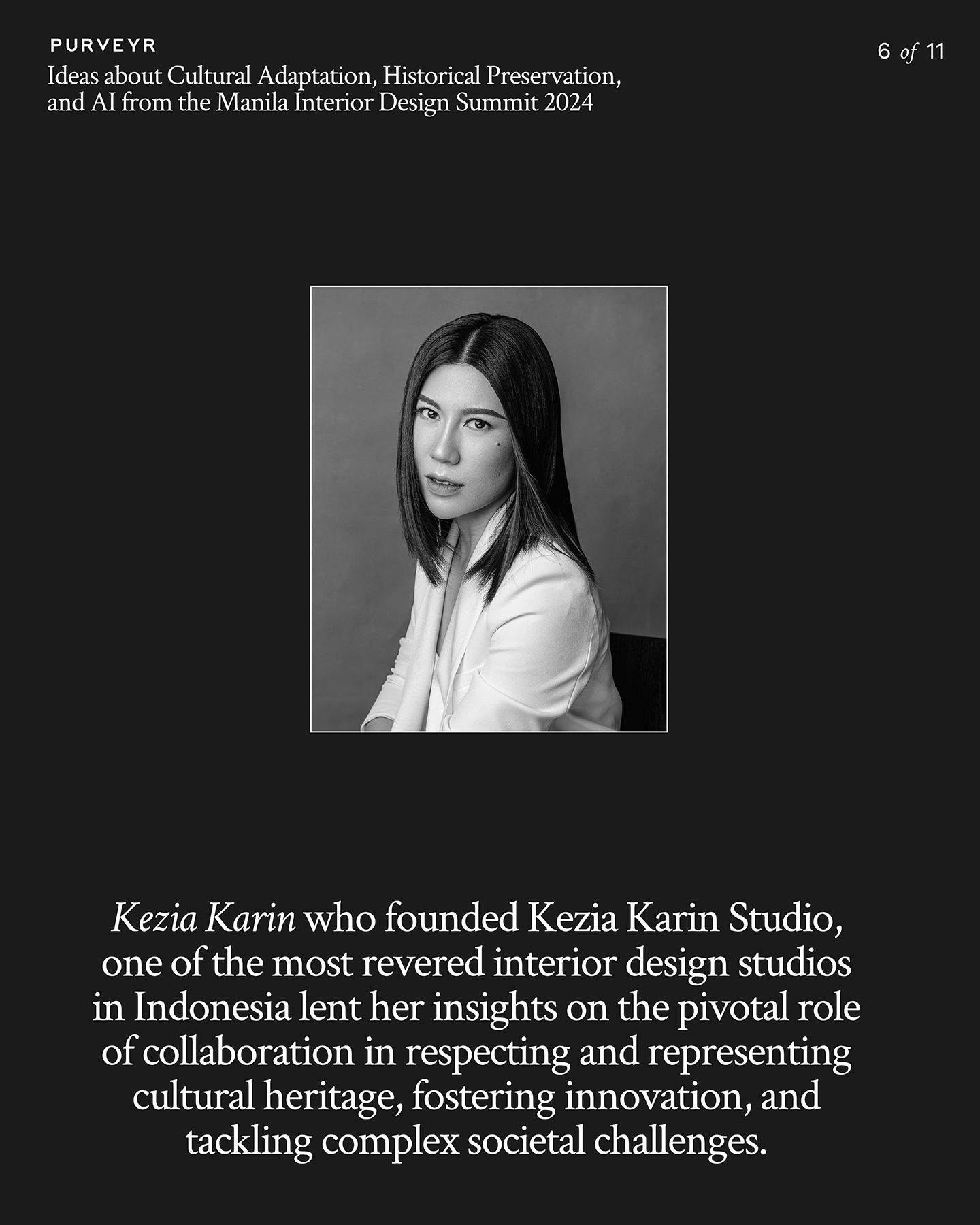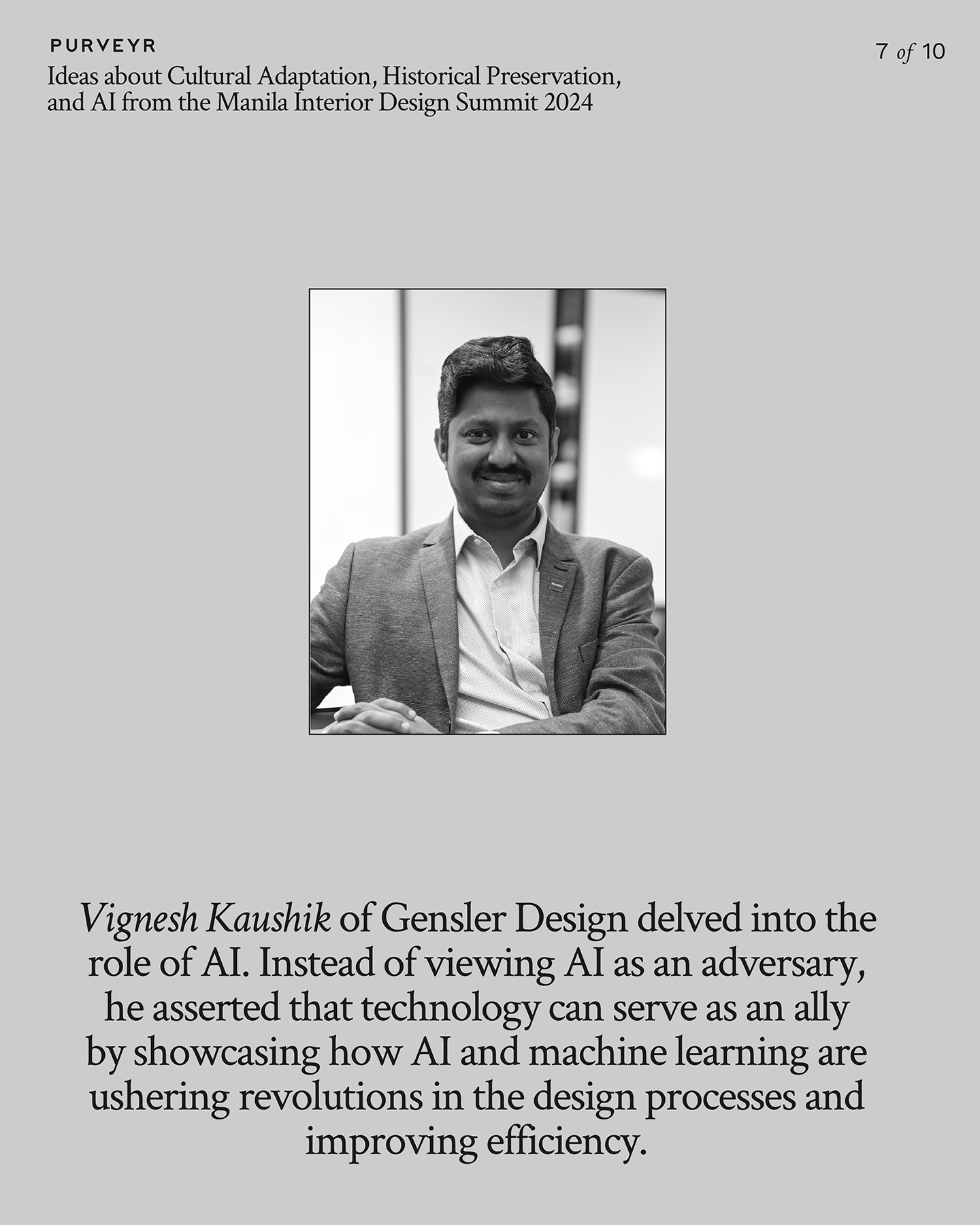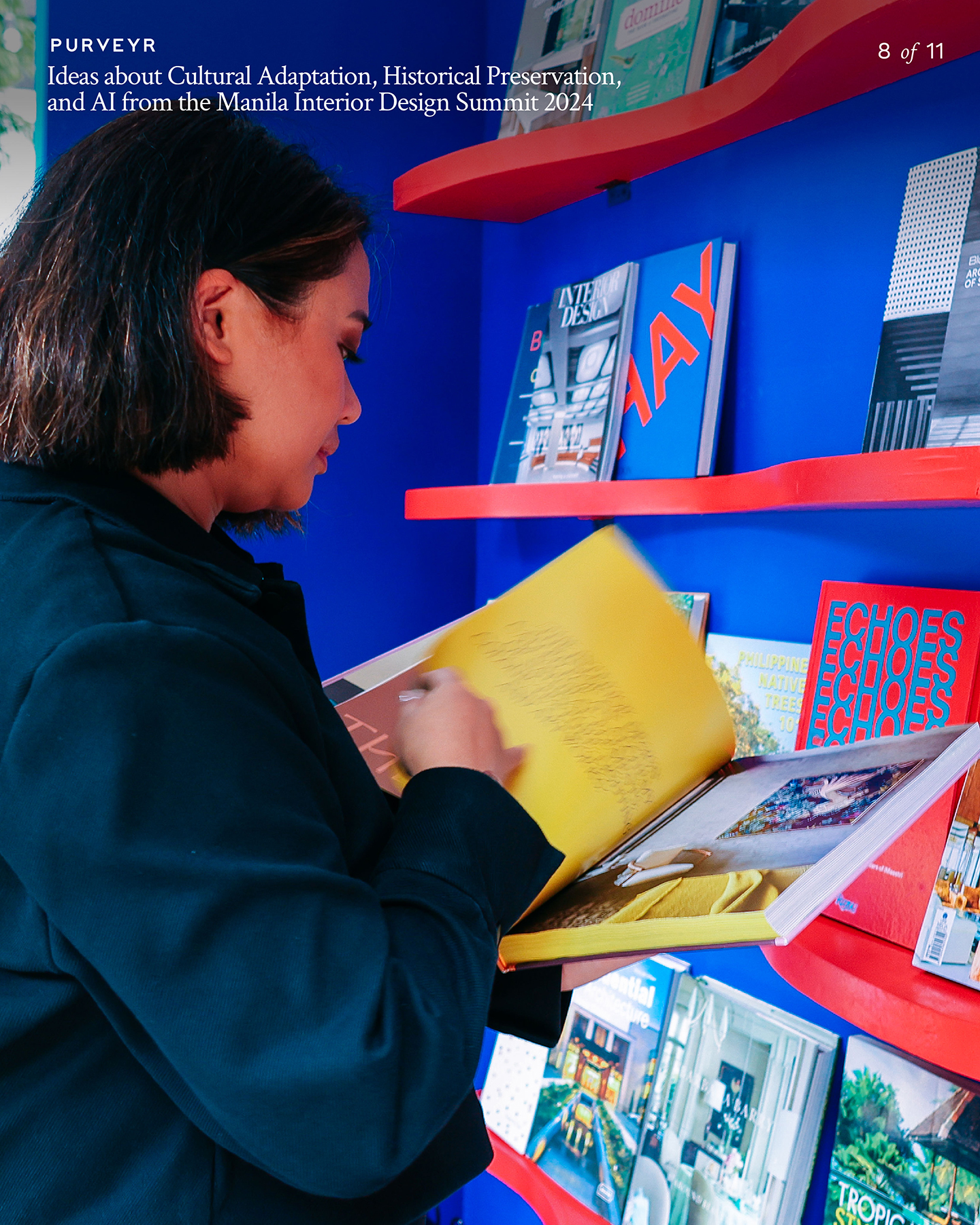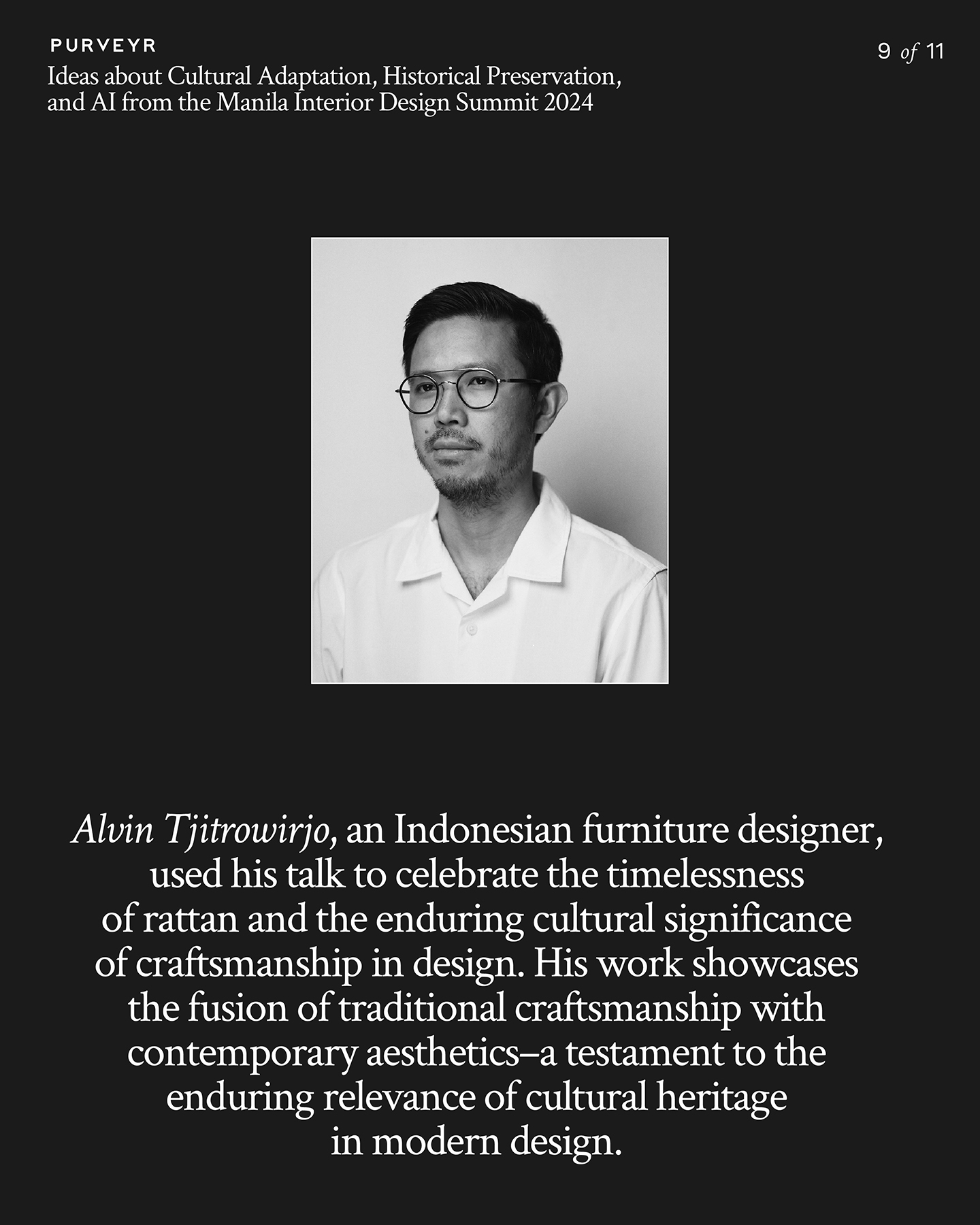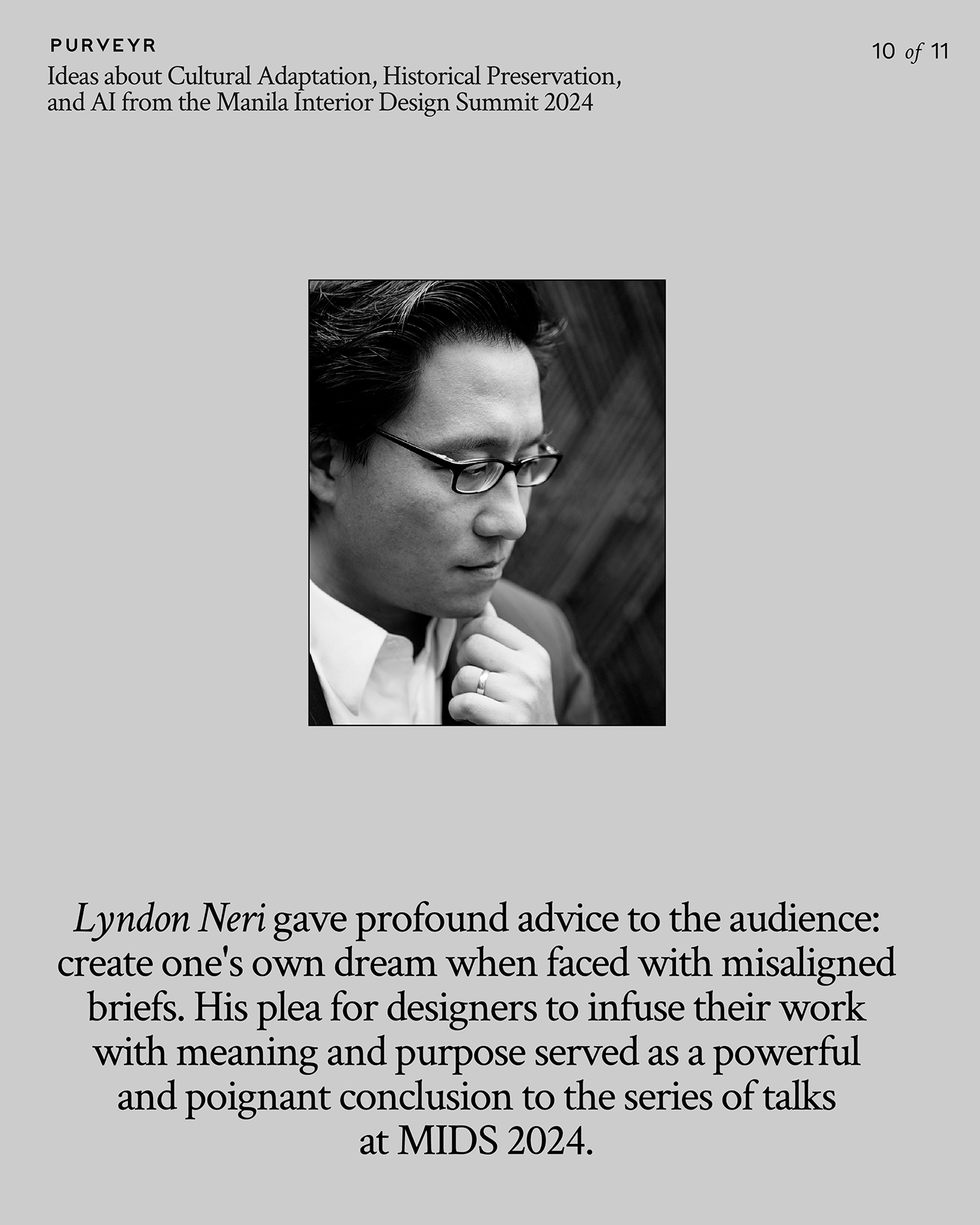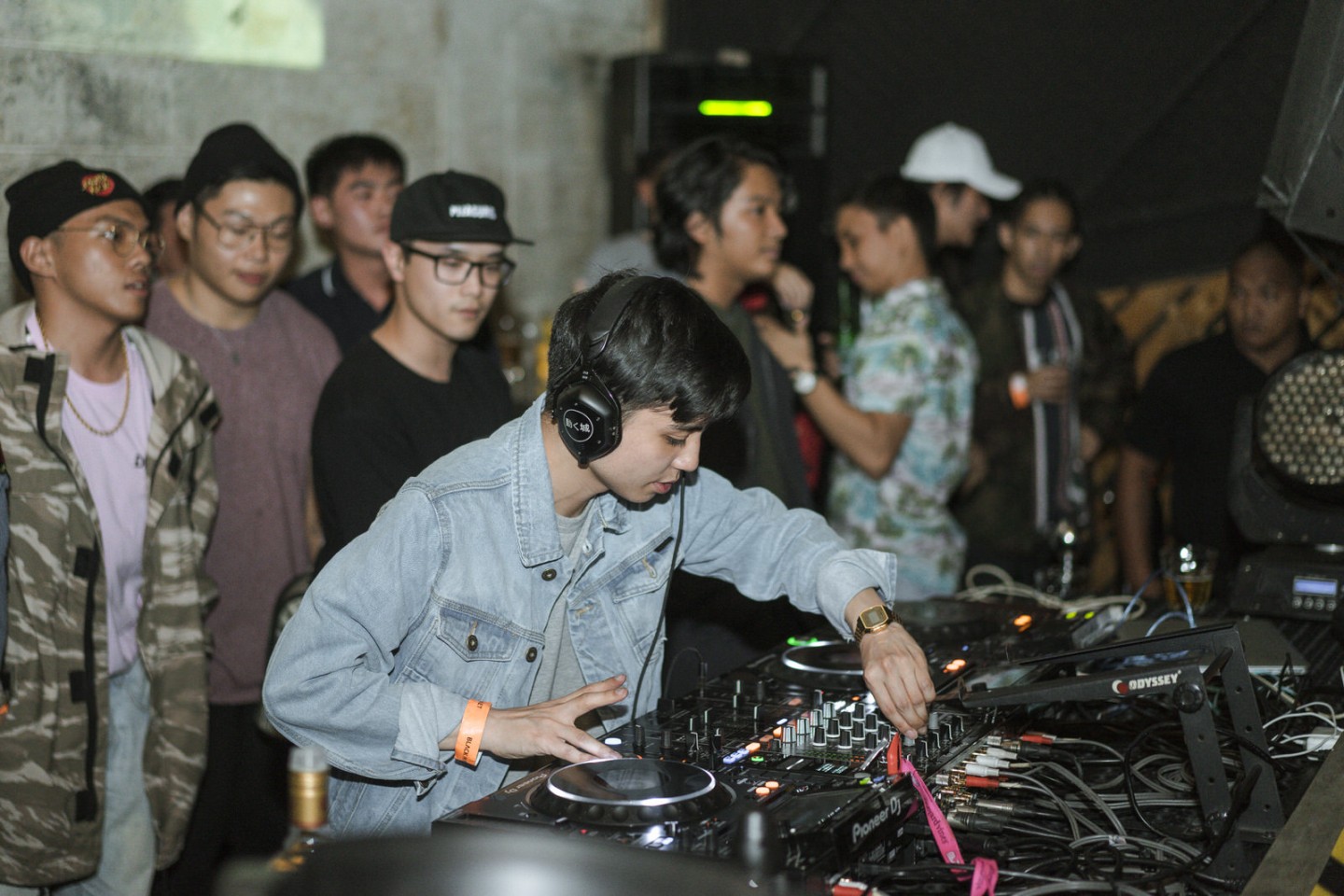Casting the gaze toward the future of design, the recently-concluded Manila Interior Design Summit 2024 underscored the pivotal role of collaboration in shaping the trajectory of design.
Panel discussions and interactive activities gave attendees opportunities to engage directly with speakers from various countries, brands, and stakeholders from various fields such as Architecture, Interior Design, Engineering, Manufacturing, Real Estate, Retail, Academe, among others. One of the highlights of the entire Festival was their speaker lineup which paved the way for informative presentations and dynamic discussions.
A total of six speakers from the field of design showcased their expertise, and here are key insights and takeaways that we gathered from these talks which are applicable to both designers and non-designers alike.
Benjamin Stevenson of Foster + Partners shared his research-based design philosophy, showcasing projects that spanned the globe, from the Bloomberg office in the UK to the Murray Hotel in Hong Kong and the BWDC Residential Tower in Manila. He emphasized the importance of seamless integration of cultural adaptation into contemporary design and the creative possibilities that emerge when diverse perspectives intertwine.
Jonathan Matti, a celebrated figure in our local interior design industry, focused on his extensive experience with local heritage projects. For his talk, he highlighted the importance of striking a balance between historical preservation and the demands of modern living, drawing upon examples like the restoration of the Malacañang Palace, the Laperal Mansion, and the Goldenberg Mansion.
Kezia Karin who founded one of the most revered interior design studios in Jakarta and Surabaya under her namesake lent her insights on the pivotal role of collaboration in respecting and representing cultural heritage, fostering innovation, and tackling complex challenges. Her projects showcased how collaborative endeavors transcend barriers, cultivating a profound sense of place and community.
Vignesh Kaushik of Gensler Design delved into the role of AI in today’s design landscape. Instead of viewing AI as an adversary, he asserted that technology serves as an ally by showcasing how cutting-edge technologies such as AI and machine learning are ushering revolution in the design processes, improving efficiency, and allowing for unprecedented creative potential.
Alvin Tjitrowirjo, an Indonesian furniture designer, used his talk to celebrate the timelessness of rattan and the enduring cultural significance of craftsmanship in design. He emphasized the designer’s profound responsibility to bridge the realms of culture and space, underscoring how cultural roots imbue design concepts with purpose and direction. His work epitomized the harmonious fusion of traditional craftsmanship with contemporary aesthetics, serving as a testament to the enduring relevance of cultural heritage in modern design.
Lastly, Lyndon Neri concluded the day with a presentation that explored the interplay of pairings and dualities in his work–leaving the audience captivated and inspired. He left the crowd with profound advice: create one’s own dream when faced with misaligned briefs. He also encouraged designers to embrace their unique visions. His plea for designers to infuse their work with meaning and purpose served as a powerful and poignant conclusion to the series of talks at MIDS 2024.

